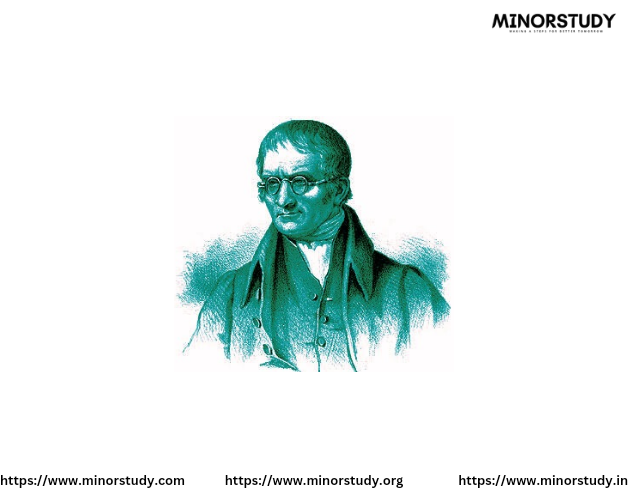Uber Technologies Inc
- Minorstudy Web blogs
- Dec 7, 2024
- 3 min read

Uber Technologies Inc.: An Overview
Uber Technologies Inc. is a multinational technology company known for revolutionizing the transportation industry through its ride-hailing platform. Founded in 2009 by Garrett Camp and Travis Kalanick, Uber has since expanded to offer services including food delivery (Uber Eats), freight shipping (Uber Freight), and micro-mobility solutions like scooters and bikes. Headquartered in San Francisco, California, Uber operates in over 70 countries and is a global leader in the gig economy.
Key Services Offered by Uber
Ride-Hailing
Users can book rides through the Uber app for personal or shared transportation.
Options range from budget-friendly rides (UberX) to luxury services (Uber Black) and larger vehicles (UberXL).
Uber Eats
Food delivery service connecting users with local restaurants.
Uber Freight
Platform for shipping goods, linking carriers and shippers.
Uber for Business
Tailored transportation and delivery solutions for corporate clients.
Micro-Mobility
Rental services for electric scooters and bikes.
Autonomous Vehicles
Research and development in self-driving technology.
How Uber Works
For Riders (Customers):
Book a Ride: Enter your destination and choose a ride option.
Track Your Ride: The app shows the driver’s location, estimated time of arrival, and fare.
Payment: Pay via the app using credit/debit cards, PayPal, or other integrated payment methods.
Rate and Review: Provide feedback on the trip to improve service quality.
For Drivers:
Sign Up: Complete the registration process, including background checks.
Accept Requests: Use the app to accept ride requests from nearby riders.
Earn Money: Drivers earn through fares, with flexibility to set their schedules.
Get Paid: Payments are made weekly, with options for instant payouts.
Uber's Business Model
Uber operates on a commission-based model, earning a percentage of each trip fare. It leverages technology to match demand (riders) with supply (drivers) efficiently, using real-time data and dynamic pricing to maximize profits.
Key Features of Uber
User-Friendly App
Intuitive interface for booking rides, tracking drivers, and making payments.
Dynamic Pricing
Adjusts fares based on demand and supply (e.g., surge pricing during peak hours).
Safety Measures
Includes driver background checks, trip tracking, emergency assistance, and rider/driver ratings.
Global Reach
Operates in major cities worldwide with localized services.
Eco-Friendly Options
Offers options like Uber Green (electric/hybrid vehicles).
Challenges Faced by Uber
Regulatory Issues
Faced scrutiny over labor practices, licensing, and regulatory compliance in multiple countries.
Competition
Competes with local ride-hailing platforms and traditional taxi services.
Driver Concerns
Drivers often raise issues about low pay, lack of benefits, and job security.
Safety Concerns
Both riders and drivers have reported safety incidents, prompting Uber to enhance its safety measures.
Profitability
Despite massive revenues, Uber has struggled with consistent profitability due to high operational costs.
Uber in Numbers
Founded: 2009
Headquarters: San Francisco, California, USA
Key Executives: Dara Khosrowshahi (CEO)
Revenue (2023): Over $35 billion
Countries: Operates in over 70 countries
Monthly Active Users: More than 130 million
Impact of Uber
Transportation Accessibility
Made on-demand rides affordable and accessible worldwide.
Gig Economy Growth
Pioneered the gig work model, offering flexible earning opportunities.
Urban Mobility
Reduced dependency on personal vehicles and improved transportation efficiency.
Food Delivery Expansion
Transformed the food delivery landscape with Uber Eats.
Future of Uber
Uber is investing heavily in:
Autonomous Vehicles: Self-driving technology to reduce costs.
Sustainability: Expanding electric vehicle options and reducing its carbon footprint.
Global Expansion: Penetrating new markets and enhancing localized services.
Conclusion
Uber Technologies Inc. has disrupted traditional industries by leveraging technology to create innovative transportation and delivery solutions. While it faces challenges such as regulatory compliance and profitability, Uber continues to evolve as a major player in the mobility and gig economy sectors. Its commitment to innovation, safety, and sustainability ensures its relevance in an ever-changing world.











Comments